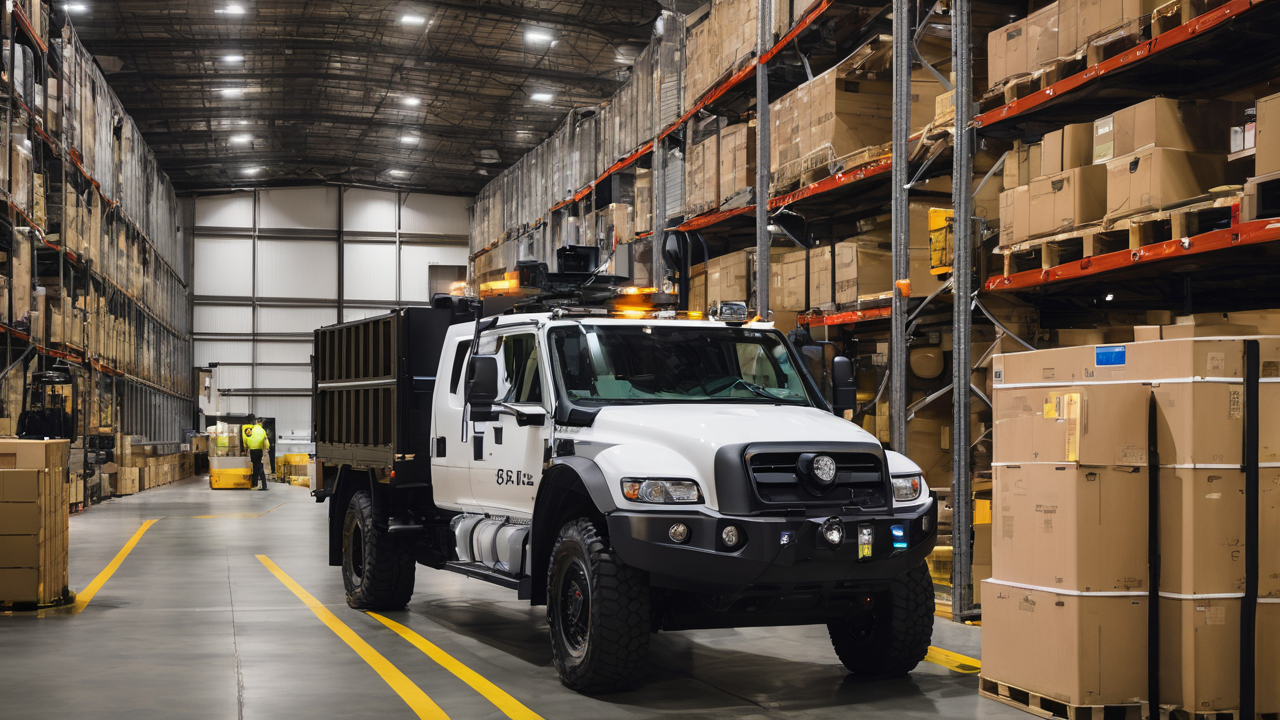Understanding the Technology Behind Long Range Walkie Talkies
The Role of High-Frequency Transmission
High-frequency transmission plays a crucial role in long range walkie talkies. These devices use

radio waves in the VHF or UHF bands to send signals over long distances. The higher the frequency,
the farther the signal can travel. This is why many long range models operate in the 400-470 MHz range.
Higher frequencies allow for smaller antennas and better penetration through obstacles. However, they
also require more power. Manufacturers balance these factors to create devices that can reach up to
100 miles in ideal conditions. Terrain, weather, and interference all affect actual range.
Some advanced models use multiple frequency bands. This allows them to adapt to different
environments and maintain optimal performance. The ability to switch between bands can greatly
enhance range and reliability in challenging conditions.
Advancements in Digital Signal Processing
Digital signal processing (DSP) has revolutionized long range walkie talkies. This technology
converts analog voice signals into digital data. It then processes and transmits this data more
efficiently than traditional analog systems.
DSP offers several benefits:
- Improved audio quality
- Better noise reduction
- Enhanced range
- More efficient use of battery power
Modern DSP chips can filter out background noise and amplify weak signals. This results in clearer
communication over longer distances. Some advanced models even use AI algorithms to further improve
signal quality.
Another key advantage of DSP is its ability to compress data. This allows more information to be
sent using less bandwidth. As a result, long range walkie talkies can transmit farther while using
less power.
Integrating GPS and Mapping Features
Many long range walkie talkies now include GPS and mapping features. These additions greatly enhance
their functionality and usefulness. GPS integration allows users to:
- Share their location with other team members
- Track the position of other devices in the network
- Set up geofencing alerts
- Navigate unfamiliar terrain
Some advanced models even offer real-time mapping. This feature displays the location of all
connected devices on a digital map. It's particularly useful for coordinating large teams or search
and rescue operations.
The integration of GPS also enables location-based services. For example, some devices can
automatically switch to the best available frequency based on the user's location. This ensures
optimal performance in different geographical areas.
Comparative Evaluation of Long Range Walkie Talkies in the Market
Key Players and Their Product Offerings
The long range walkie talkie market is dominated by several key players. Each offers unique features

and capabilities. Here's a brief overview of some top brands:
- Motorola Solutions: Known for robust, professional-grade devices
- Midland Radio: Offers a wide range of consumer and commercial models
- Cobra Electronics: Focuses on user-friendly designs with advanced features
- Uniden: Specializes in long range models with exceptional clarity
Motorola's MotoTRBO line is popular in industrial and public safety sectors. These devices offer
exceptional range and durability. Midland's GXT series is favored by outdoor enthusiasts for its
balance of range and affordability.
Cobra's RX680 model stands out for its floating design and weather alerts. Uniden's SX377-2CKVP
boasts a range of up to 37 miles in open areas. Each brand has its strengths, catering to different
user needs and preferences.
Performance Metrics: Range, Battery Life, and Durability
When evaluating long range walkie talkies, several key metrics come into play:
- Range: Theoretical vs. practical range in various environments
- Battery life: Talk time and standby time
- Durability: Water resistance, shock resistance, and overall build quality
Range claims can be misleading. A device advertised for 100 miles may only achieve this in perfect
conditions. Real-world range is often much less. Factors like terrain, obstacles, and interference
all impact actual performance.
Battery life is crucial for extended use. Most high-end models offer 10-20 hours of talk time. Some
feature removable batteries for easy swapping in the field. Solar charging options are also
available for certain models.
Durability is especially important for outdoor and industrial use. Many long range walkie talkies
are built to military standards for shock and water resistance. Look for IP ratings to gauge water
and dust protection.
Software and User Experience Considerations
Software plays a significant role in modern long range walkie talkies. User-friendly interfaces and
advanced features can greatly enhance the experience. Key software considerations include:
- Menu navigation and button layout
- Display clarity and information presentation
- Customization options for channels and settings
- Integration with mobile apps or computer software
Some models offer color displays and intuitive menu systems. These make it easier to access advanced
features. Others prioritize simplicity with basic displays and minimal controls. The best choice
depends on the user's needs and technical expertise.
Many high-end devices now offer companion smartphone apps. These apps can provide additional
features like:
- Remote programming of channels and settings
- Advanced mapping and location sharing
- Text messaging capabilities
- Firmware updates and diagnostics
Consider the learning curve and ongoing software support when choosing a device. Regular updates can
improve performance and add new features over time.
Strategic Use of Long Range Walkie Talkies in Various Industries
Military Applications: Tactical and Surveillance Missions
Long range walkie talkies play a crucial role in military operations. They provide reliable

communication in challenging environments. Key applications include:
- Coordinating troop movements
- Maintaining contact during reconnaissance missions
- Facilitating communication in areas with no cellular coverage
- Enhancing situational awareness in combat scenarios
Military-grade models often feature advanced encryption to prevent interception. They also offer
rugged designs to withstand harsh conditions. Some specialized units integrate with other tactical
gear like helmets or body armor.
The ability to communicate over long distances without relying on infrastructure is invaluable. It
allows for greater flexibility and independence in military operations. Advanced features like
GPS tracking and mapping further enhance tactical capabilities.
Emergency Response and Disaster Management
In emergency situations, long range walkie talkies are often the most reliable form of
communication. They're used extensively in:
- Search and rescue operations
- Wildfire management
- Disaster relief coordination
- Emergency medical services
These devices excel when cellular networks are down or overloaded. They allow first responders to
coordinate efforts across large areas. Many models feature weather alerts and emergency channels for
added safety.
The long battery life of these devices is crucial during extended operations. Some models can last
for days on a single charge. This makes them ideal for use in remote areas or during prolonged
emergencies.
Commercial Use Cases: Logistics and Asset Tracking
Long range walkie talkies find extensive use in commercial settings. They're particularly valuable
in logistics and asset tracking. Common applications include:
- Coordinating warehouse operations
- Managing large construction sites
- Overseeing agricultural activities
- Tracking vehicles and assets in transportation
In these scenarios, the ability to communicate over long distances is crucial. It allows for
real-time coordination and problem-solving. Many commercial models integrate with existing business
systems for seamless operations.
GPS tracking features are especially useful in logistics. They allow managers to monitor the
location of personnel and assets in real-time. This improves efficiency and helps prevent loss or
theft.
Some advanced models offer data transmission capabilities. This allows for the sharing of small
files or text messages. It's useful for sending quick updates or basic reports from the field.





